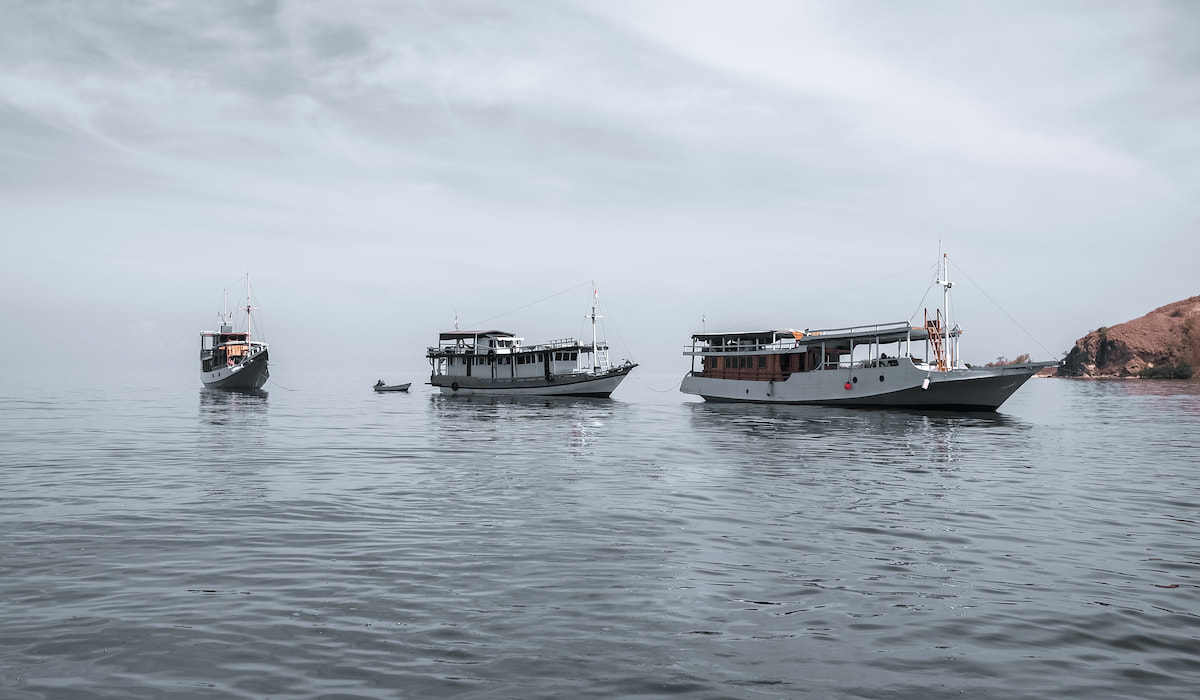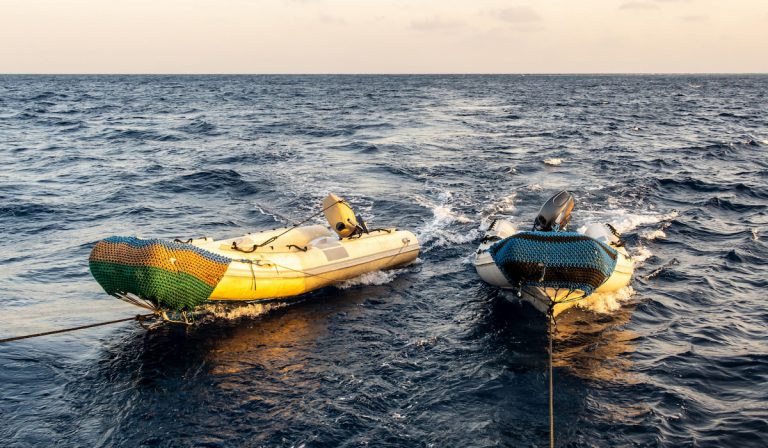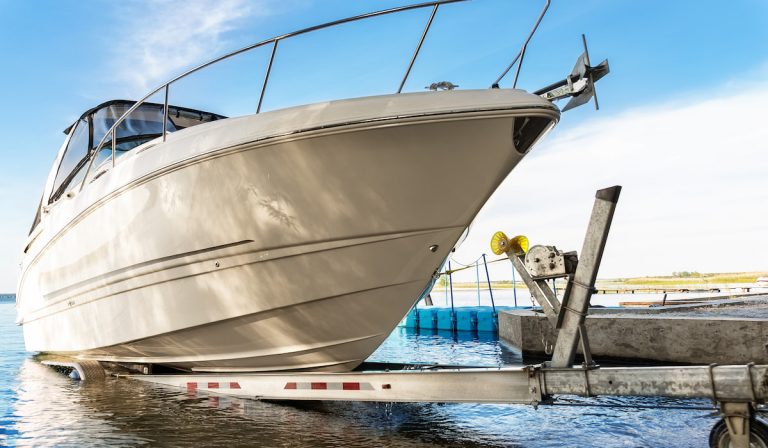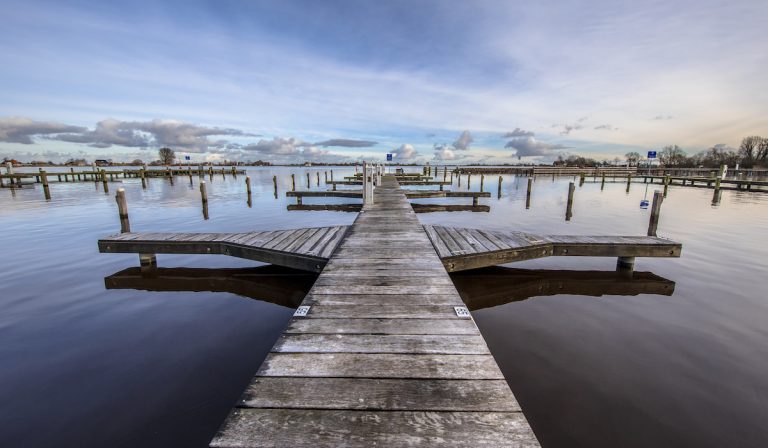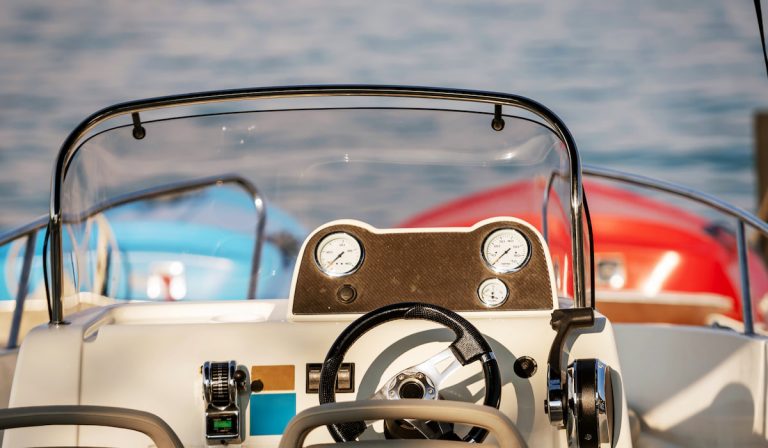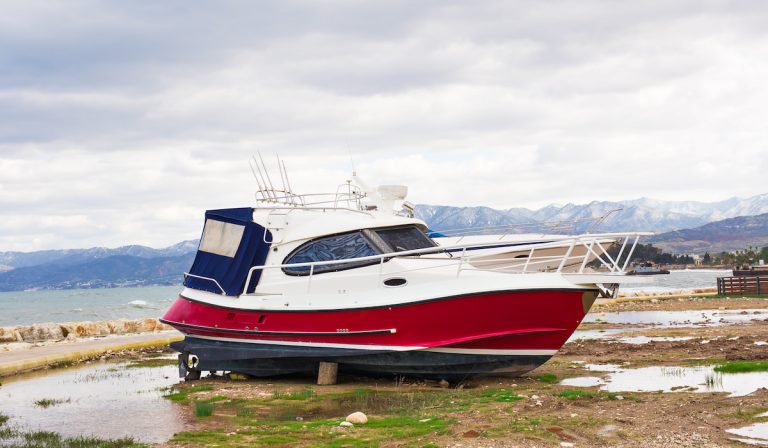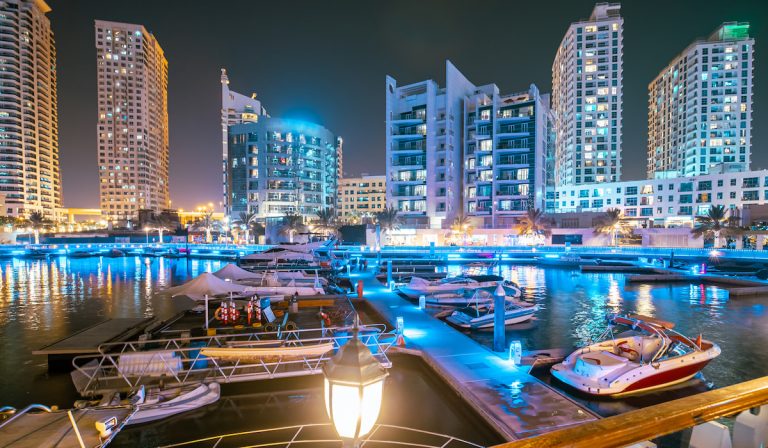Where Do Boats Dump Their Waste?
Boats are awesome. They are amazing vehicles that make being out on the water an incredible experience. Boats also span the spectrum from small fishing rafts to massive luxury yachts.
Higher-end boats are equipped with bathrooms and kitchens, making it possible to cook meals, take showers, and, yes, take care of business in the bathroom when necessary.
What do boats do, though, with the waste they produce? Where do boats dump their waste?
Most of the time, yachts and other boats that produce sewage waste (black water) and grey water (used kitchen water) have holding tanks to store them.
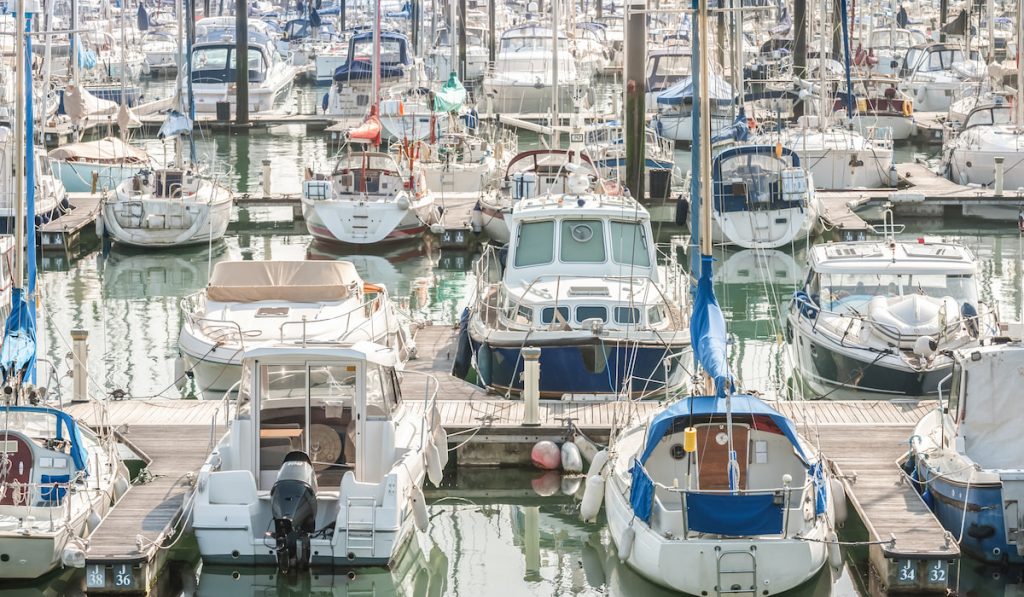
The grey water is usually dumped straight into the ocean, and the black water is stored and kept until they reach a marina with sewage waste disposal options.
Here’s some helpful information on how boaters manage wastewater and sewage waste. It gives some insight into how boats stay out to sea for so long and how boats come equipped with so many modern amenities.
Modern Boats Come with Some Terrific Amenities
If you’ve got the money, the sky’s the limit when it comes to the boats you can buy. Large boats now come with bathrooms, full showers, and kitchens outfitted well enough to support a full-time chef and kitchen staff. It all depends on what you want.
These boats are equipped to handle weeks or even months at sea. Depending on how many people are on board, that means a lot of wastewater and sewage. How do boaters use the restroom?
Well, they use the bathroom just like you would in your home. There are, of course, some slight differences. Most high-end boats with bathrooms have toilets just like you would see in any office, house, or restaurant.
The toilets, however, are designed to use much less water than your toilet at home. That’s because there’s no constant supply of water coming onto a boat.
Usually, the waste that goes into the toilet mixes with water and goes into the black water tank.
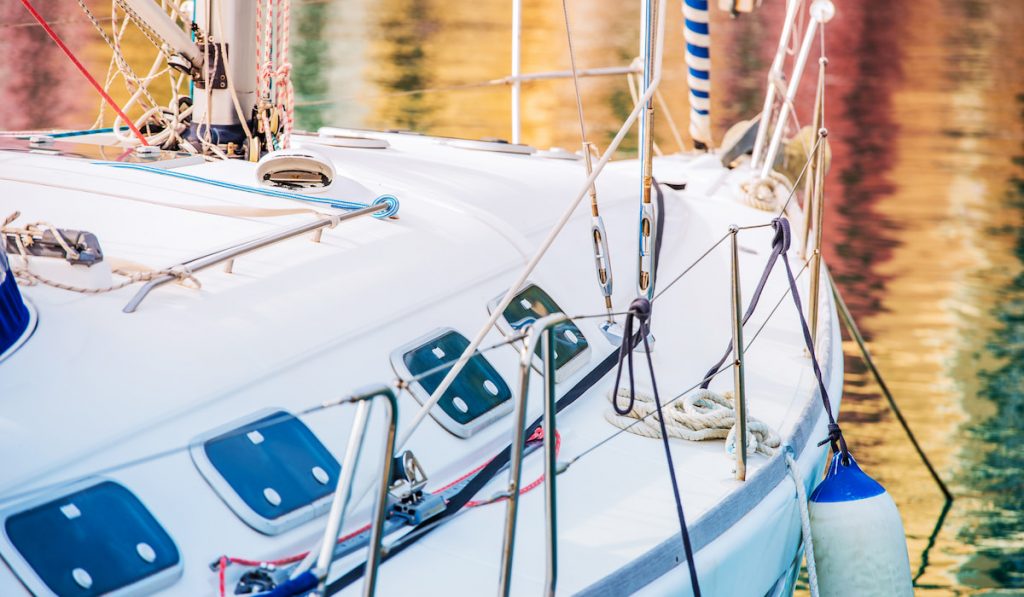
Types of Waste Systems on Boats
There are usually three types of waste systems on boats.
First, there is the black water that we’ve already mentioned. This is the stuff that comes from toilets and is considered to be the most harmful to the environment. Many marinas across the world have waste facilities where boats can dump black water when they come into port.
Grey water refers to the water you use for cooking, taking showers, washing the dishes, and everything else. It’s not clean, but it’s not super dirty either. Most boats dump grey water straight into the ocean.
There aren’t a ton of regulations on what you can do with your grey water or where you can dump it.
Finally, bilge water is found on every ship. It’s water that collects in the bilges of the ship. It can be a challenge to get out, and dumping it into the ocean is frowned upon. A lot of facilities where you dock will provide bilge water disposal services when you need them.
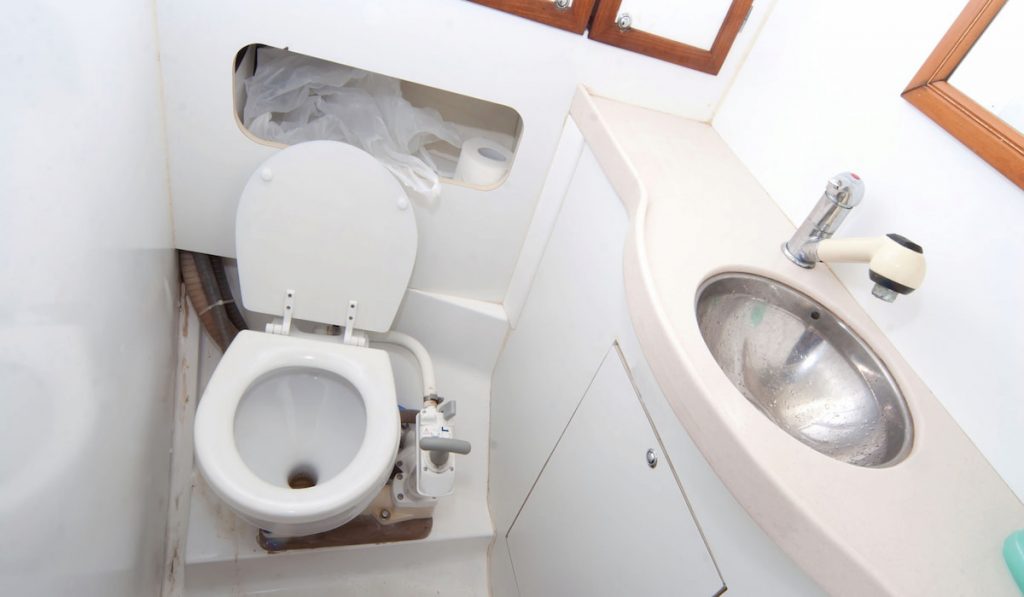
Types of Toilets on Boats
There are typically three different types of marine toilets. They are:
Self-Contained – These types of toilets are essentially like a port-a-potty at sea. You discharge waste directly into a holding tank without any water used for flushing. They usually aren’t set in a fixed location because they’re designed for smaller boats.
You can store them out of sight and break them out in case someone needs to use it. They’re the most affordable type of marine head, and you can usually pick one up for a couple of hundred dollars.
Holding Tanks – Holding tank toilets have a treatment system installed. These are usually found in live-aboard boats where you’re going to need something more than one-time use toilets.
Sometimes, the holding tank is located directly under the toilet, so no pump or anything is required. It’s a simple setup, yet it’s effective for people who want to manage costs.
Pump-Through Toilet Systems – The final type of marine head is a pump-through toilet that’s much more similar to household toilets. They use water for flushing the waste into holding tanks. It’s the most expensive and luxurious type of marine head, but it gives you the best experience.
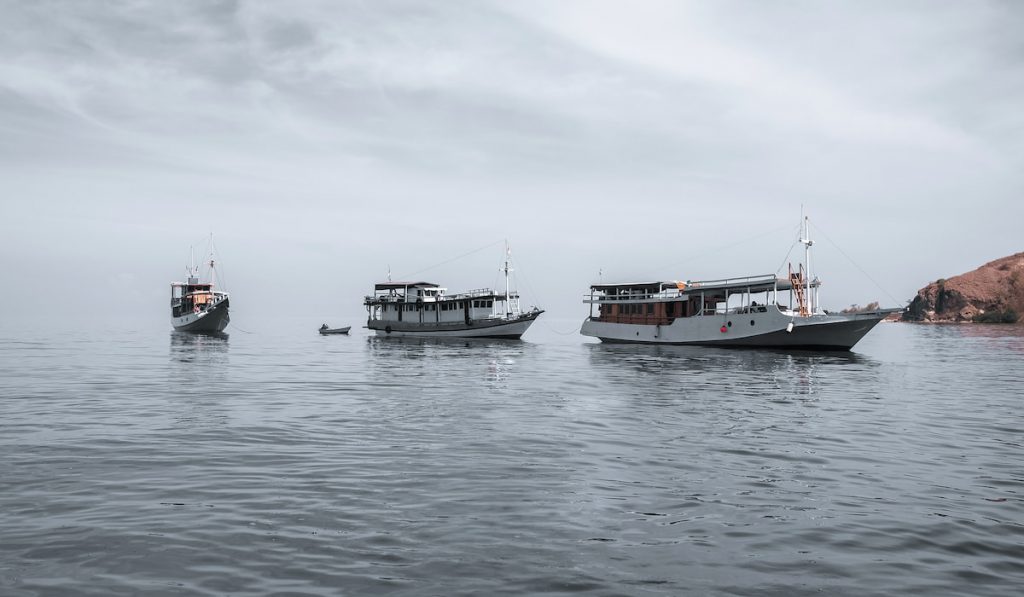
Where Do Boats Dump Their Waste?
Where boats dump their waste depends on the type of waste and where the boat is.
Many people are surprised to hear that a lot of boats dump their waste, even their black water, directly into the ocean. There are a lot of regulations around dumping black water, though.
Typically, the boat needs to be at least three miles offshore, and avoid dumping around coral reefs, recreation areas, or other boats.
Grey water is much less harmful to the environment, so there are rarely rules around grey water disposal.
5 Facts About Boat Waste Disposal
Here are five interesting facts about boat waste disposal:
Marinas will advertise sanitation services – Much like RV parks and campgrounds, marinas will list their waste facilities to help boat owners know whether they can dump black, grey, or bilge water there. It’s part of boat life, and pumping waste or dumping waste comes with the territory.
You’ll need to manage the smells – Depending on how often you use the toilet, managing the smells is a must. Thankfully, boat sewage supply companies offer products you can toss into holding tanks to help eliminate odors.
Some areas have more restrictions – You need to look where you’re going to understand the sewage restrictions there. In protected areas, there will be no discharge zones.
Dumping where you’re not supposed to can incur fines. If you dump where you’re not supposed to, authorities will often impose significant fines to discourage the behavior. It’s usually not worth taking the risk.
Lubricate the pump heads – To keep things moving well in your marine plumbing system, you should keep things well-lubricated. Some experts say to pour a little vegetable oil into your manual pump heads to coat the seals and valves for best performance.

